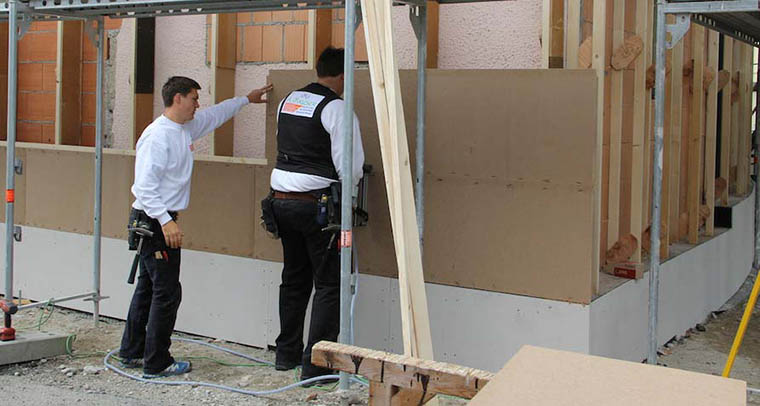
An architectural design can be as grand as you would like it to be, but without a matching building or structural design it is worthless. Many different areas of construction come together here: architecture/aesthetics, building material properties, building science (e.g. thermal insulation, sound insulation, and fire insulation), building biology, structural engineering, mechanical systems, building costs, building regulations, and others. This is why it is so important to design buildings in a holistic way by optimizing the whole through optimizing the many different design parameters instead of focusing on a few select individual criteria.
In this Building Biology Course, building professionals can find information to help them design better buildings by incorporating building biology criteria. Nonprofessionals tend to be quickly overwhelmed. However, to foster interdisciplinary cooperation, they can familiarize themselves with the various topics so they can communicate with building professionals and recognize when design suggestions by building material suppliers or planners/contractors are in need of improvement from a building biology perspective.
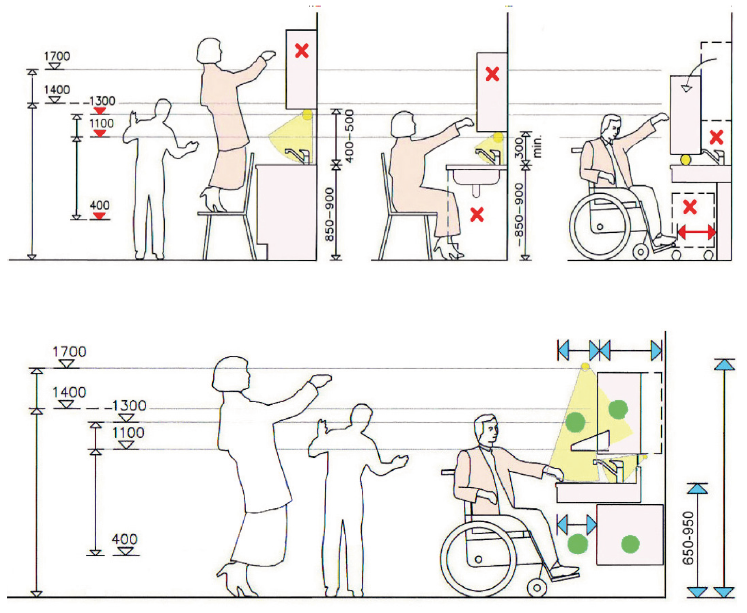
Architectural physiology deals with fitting buildings, spaces, building components, furniture, and mechanical systems to human needs to promote their health, well-being, and performance. Key issues include anatomy-based measurements as well as medical or ergonomic and safety-related requirements of furniture and furnishings.
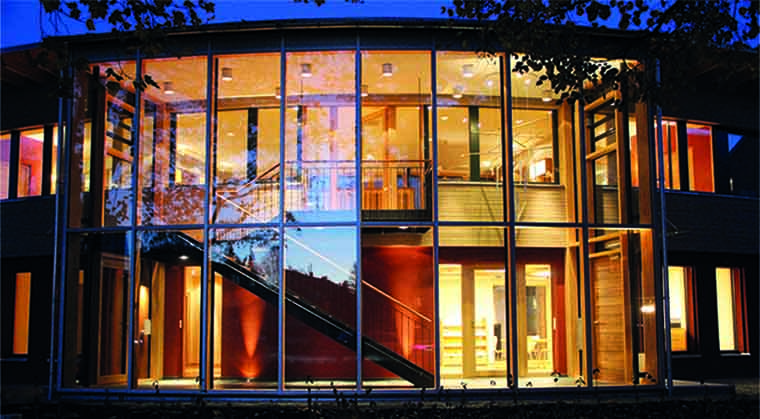
Without light there would be no life on Earth. Life is essential to our well-being and health.
How can we use as much natural daylight as possible in indoor environments?
Which type of artificial lighting also meets building biology requirements?
Which role does light play in the design of beautiful spaces?
Which criteria are used in a professional lighting design?
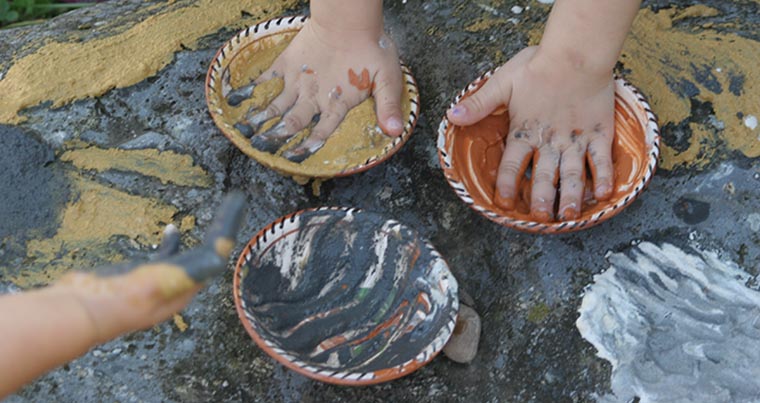
Besides the psychological and physical effects of colors, this course module primarily covers the biological assessment and practical application of finishes and surface treatments.
Which finishes are suitable for interior and exterior plaster and wood surfaces?
Where are nontoxic paints available?
Which ecolabels can you rely on?
What do you need to consider so that surfaces look beautiful and last long?
What paints can you make yourself?

Oh dear, what a dry topic!? At first glance, yes. But in the day-to-day dealings of building design and construction, regulations have their place and are quite important. As a building biology professional or even as an artistically inclined designer or craftsperson, it is quite important to know the regulations well so that you will not make any mistakes that may cost you your professional career.
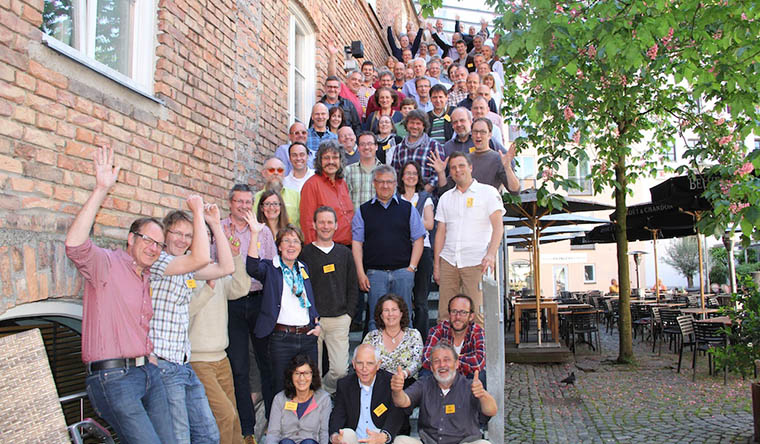
Wow, you made it! Nineteen course modules packed with information. Congratulations!
In this concluding course module, experienced Building Biology Consultants IBN share their stories on how they became involved in building biology and what their day-to-day professional life looks like. You will quickly realize that each building biology professional performs different tasks and that only a collaborative and interdisciplinary cooperation can ensure the creation of truly holistic living and work environments.